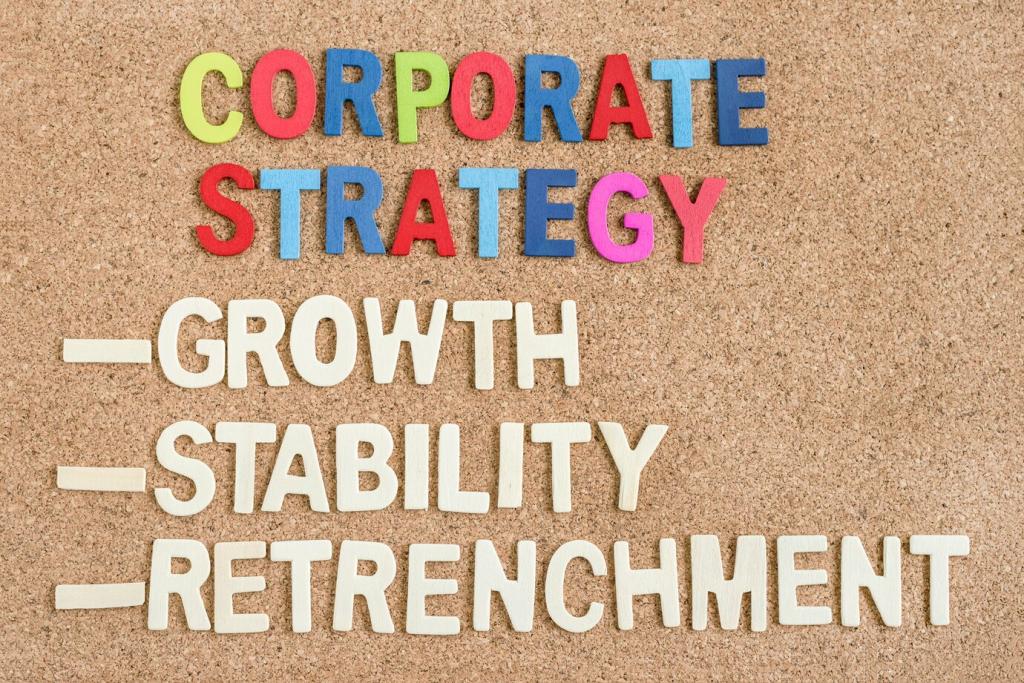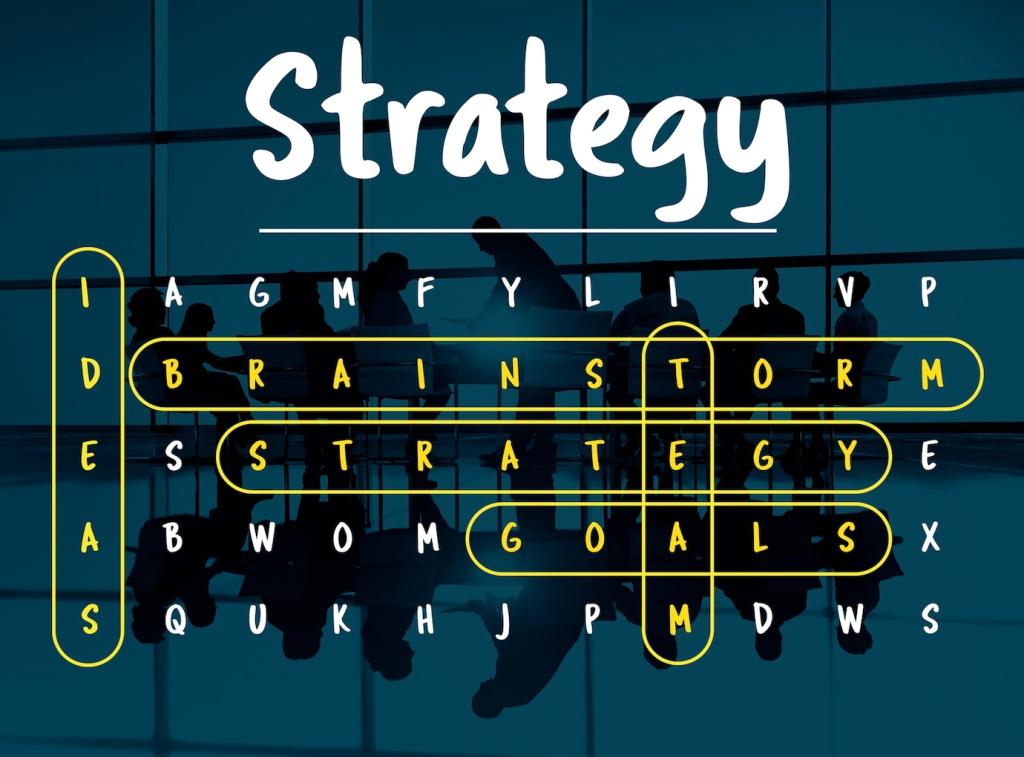
Building a Sustainable Work-Life Balance as a Freelancer
Today’s theme: Building a Sustainable Work-Life Balance as a Freelancer. Welcome to a friendly, practical space where your schedule supports your life, not the other way around. Settle in, take a breath, and let’s design balance you can actually keep.
Define What Balance Means for You
Write a Personal Balance Statement
Draft a short, honest statement that names your priorities, non-negotiables, and desired weekly rhythms. Revisit it monthly. Share your draft with us, and ask the community for feedback to strengthen your intention and accountability.
Name Your Boundaries Out Loud
List the hours you will not work, the types of projects you won’t accept, and your communication windows. Say them out loud, then put them in writing for clients to see. What boundary is hardest for you right now?
An Anecdote From the Field
Maya, a freelance designer, chose Fridays as her learning and rest day after months of nonstop sprints. Within two weeks, her projects sped up because she finally had space to think. Would a protected day change your flow?
Build Rhythms and Routines That Protect Your Time
Create a five-minute start ritual and a ten-minute shutdown checklist. Repeat them even on light days. Consistency cues your brain to switch modes smoothly. Try one tonight and tell us how it felt to end cleanly.

Build Rhythms and Routines That Protect Your Time
Schedule eighty percent of your capacity and leave twenty percent unscheduled for surprises. Buffer time prevents spillover stress and protects family commitments. What’s one recurring task you can move into a protected buffer?
Set Client Expectations That Support Balance
Communicate Response Times
Publish your response window in proposals, contracts, and email signatures. For example: replies within one business day, project updates twice weekly. Invite clients to share their preferred cadence too. What cadence keeps you calm and effective?
Scope With Reality, Not Hope
Estimate based on past tracked hours, not optimistic guesses. Add contingency time proportionate to complexity. This honest scoping protects evenings and weekends. Share a recent scope win or lesson so others can learn with you.
Create a Gentle ‘No’ Template
Prepare a respectful message for mismatched requests, offering alternatives or timelines. Having language ready reduces pressure and preserves relationships. Want our template pack? Subscribe and we’ll send it along with examples that clients appreciate.
Treat Health as Business Infrastructure
Microbreaks That Actually Restore
Try a timer that nudges you to stand, stretch, and hydrate every fifty minutes. Short resets reduce errors and keep creativity flowing. Tell us your favorite microbreak ritual, and we’ll compile the community’s best ideas.

Design Finances That Enable Rest
Create a Simple Safety Cushion
Aim for a few months of essential expenses saved in a separate account. Automate small transfers weekly. Knowing your cushion exists makes ‘no’ easier. What’s your first tiny step toward that buffer this month?
Forecast Your Capacity and Cash Flow
Look twelve weeks ahead: expected invoices, likely gaps, and your true working hours. A quick forecast prevents overbooking and protects family plans. Want the forecasting sheet we use? Subscribe and we’ll share the template.
Measure Profit Per Hour, Not Just Revenue
Track actual time per project to spot hidden costs. Shift toward work that pays fairly for your effort and energy. Comment with one project you’d redesign or retire based on what you discover.

Plan Seasonal Capacity
Map high-energy months and personal commitments, then adjust your project load accordingly. Planning with seasons prevents last-minute chaos. Tell us which months you downshift, and how you protect those slower periods.
Schedule Mini-Sabbaticals
Block one to two weeks off every six months for rest or learning. Announce them early to clients and prepare handoffs. Share a mini-sabbatical idea you’d love to try, and we’ll cheer you into booking it.
Review, Refine, Repeat
End each month with a short retrospective: what energized you, what drained you, which boundary held. Use the insights to fine-tune next month’s plan. Post your top lesson from last month to help another freelancer grow.
